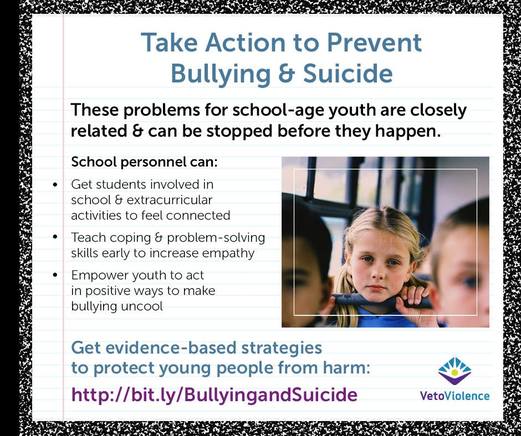Researchers are hunting for so-called biomarkers, such as patterns of brain activity on fMRI scans or levels of stress hormones in the blood, linked to suicidal thoughts and acts. They are creating computer algorithms, fed with tens of thousands of pieces of data, to come up with measures of risk. They are looking at sleep patterns and even responses to specialized computer tasks that can reveal unconscious biases toward self-harm.
The need is great. The reality is that it is very hard for psychiatrists and psychologists to identify who is at risk for suicide. They rely heavily on simply asking patients.
But people often conceal their plans. Indeed, researchers at Harvard University and Massachusetts General Hospital found that clinicians were no more accurate than chancein predicting which patients visiting a psychiatric emergency room were likely to attempt suicide in the next six months.
Widely accepted risk factors, like being male, having a history of mental illness and experiencing stressors like a job or relationship loss, are often not specific enough to be much help.
Read Full Article
By Andrea Petersen, The Wall Street Journal


 RSS Feed
RSS Feed